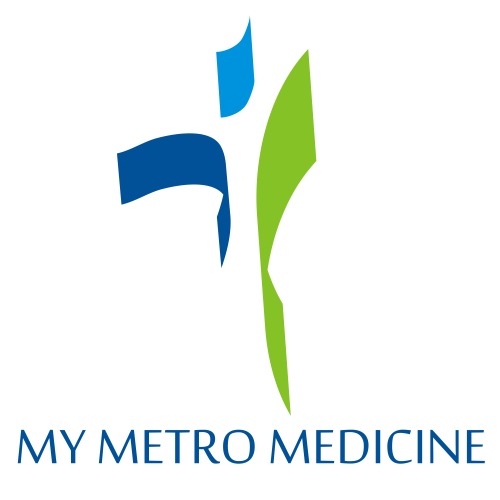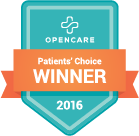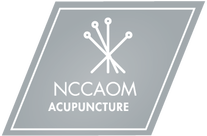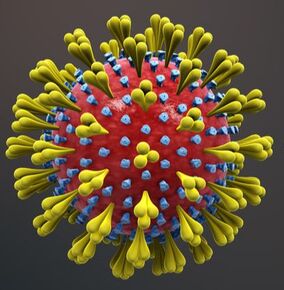 Plastered across the headlines for more than a month now has been one word: coronavirus. With each day that passes, it becomes more and more difficult to join a conversation that does not include a discussion on the latest 21st century pandemic. The worrisome tone found in almost every continent breeds doubt for a cure and nurtures international despair. All caused by a single organism invisible to the naked eye that now goes by the name COVID-19. The coronavirus has now touched all continents except for Antarctica creating widespread panic, crippling nations, and threatening the global economy. (Centers for Disease Control and Prevention [CDC], 2020) As the disease continues to spread freely, country authorities do their best to react swiftly and desperately to control the number of infections and, hopefully, the number of fatalities. Being an acupuncturist in a country that has a lower number of infections compared to China, South Korea, and Italy, I cannot help but think of my own contribution in this seemingly endless episode of fear and terror. It is difficult to avoid contemplating the nature of this deadly, yet fascinating, microscopic beast--especially if we are on the verge of an outbreak ourselves. External pathogens in OM are nothing more than an environment a person has created on their own through an already existing weakened state of health... The Coronavirus in Oriental MedicineBelieve it or not, a pandemic like the coronavirus is old news in Oriental Medicine (OM). In 1918, an influenza pandemic, one of the worst pandemics in recorded history, "infected nearly one quarter of the world's population and resulted in the deaths of 100 million people." (Cheng and Leung) The International Journal of Infectious Diseases included an article in its July 2007 issue titled "What happened in China during the 1918 influenza pandemic?" The article stated: "From 171 to 185 AD, there were several great pandemics in China. Thousands of people lost their lives. For this reason, Chinese medical practitioners in ancient China were already concerned with epidemics...Many Chinese medicine practitioners devoted their whole lives to the study of methods of prevention and treatment of pandemics. Since the Han Dynasty (206 BC to AD 220) nearly every medical book has emphasized the importance of the study of epidemics." (Cheng and Leung) Although classical texts did not write about viruses or bacteria (simply because they did not have the means or the technology to discover them), in modern times, we have found there is an equivalent, which is referred to as external pathogenic factors (EPFs), or something external to the body that breaks through the exterior and affects the body internally (e.g. a virus affecting the immune system). These external pathogens resemble, and are named after, elements of the external environment, which can cause disturbances to one's health by leading to the decline of one's internal environment. Here are a few of the EPFs most closely related to the coronavirus: WIND = The closest EPF to a virus or bacteria in OM. It is likened to any illness that changes rapidly (rapid worsening of symptoms), moves locations in the body (headache, aches, pains), or leads to involuntary movements (e.g. tremors or seizures) or paralysis. HEAT = A common EPF in patients experiencing fever, headache, cough, and sore throat; the beginning symptoms of the coronavirus. DAMPNESS = An EPF that leads to localized pain. It also allows for development and accumulation of phlegm in the nasal passageways and eventually the lungs leading to airway obstructions that exist in conditions like the coronavirus and pneumonia. An additional pathogenic factor (PF) involved in the development of the coronavirus is one that builds in strength and intensity over time if not successfully expelled from the body. This potentially life-threatening PF is known as: TOXIC HEAT = Not an EPF, but a worsening of the previously mentioned pathogen, heat. This PF is related to viral latency in western medicine, or in OM, latent or toxic heat. It is also similar to heat that is burning internally and uncontrollably due to a lack of resources available to control it, almost like an internal forest fire. This fire could present itself as a severe chronic condition like it does in autoimmune diseases, or in this case an exacerbation of the coronavirus. These three EPFs, plus toxic heat, if present, allow for the creation of the optimal environment suitable for an aggressive and predatory disease like the coronavirus to take root and begin thriving deep within its prey. Strengthen Your Immune System with |
Posted here are...inspirational ideas on healthy living through eastern medicine, optimism, and possibility through empowerment. Archives
March 2020
Categories
All
|
HOURS & LocationMondays-Thursdays 5:30-6:30pm (Tai Chi & Qigong only)
Fridays 5:00-6:00pm (Tai Chi & Qigong only) Saturdays 1:00-6:00pm (Acupuncture only) |
CONTACT Us |


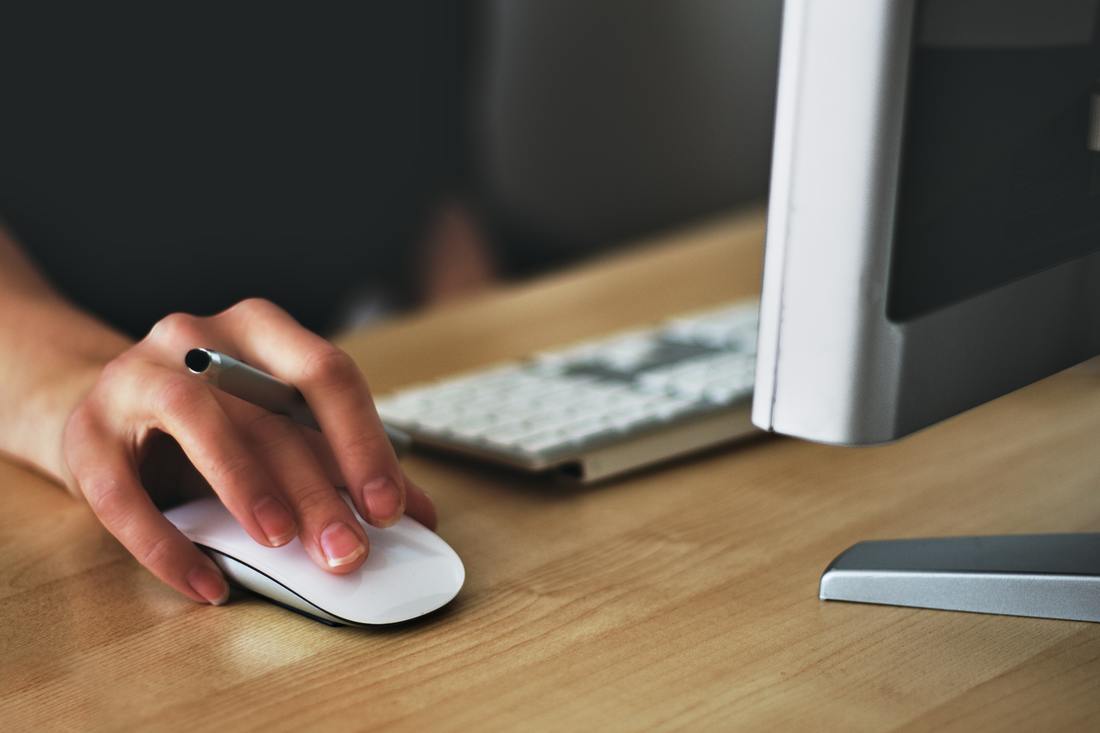

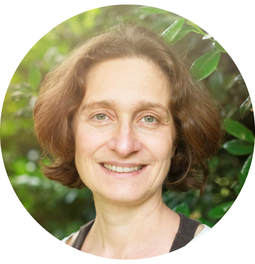
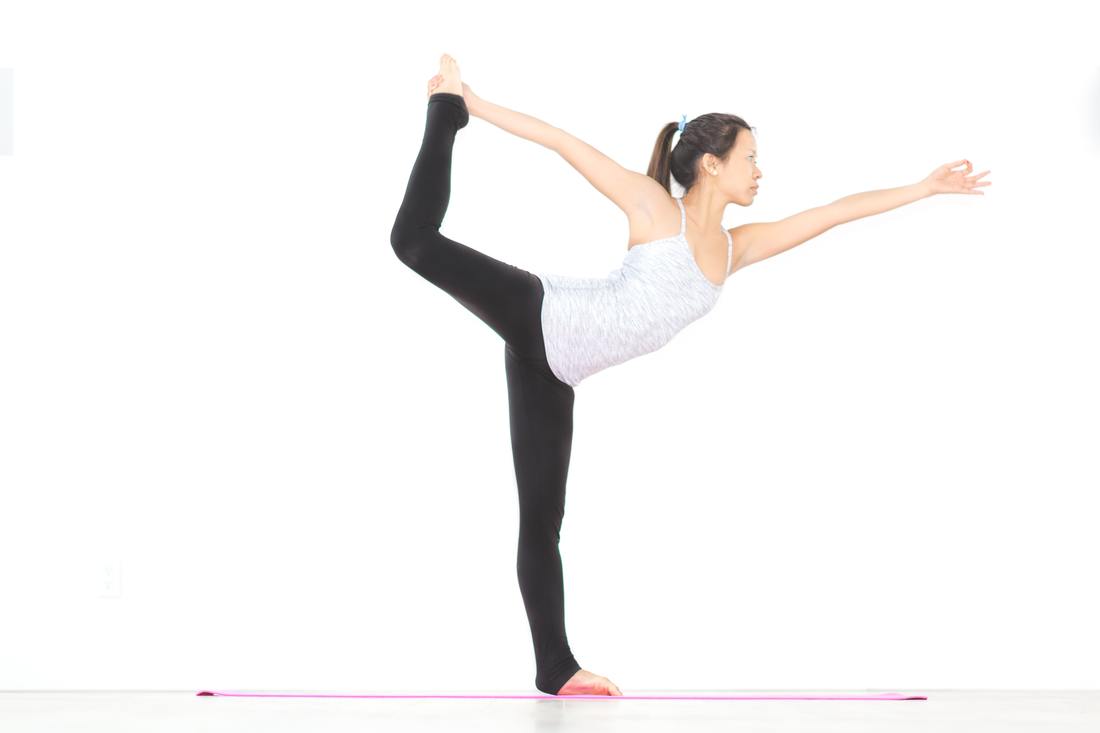
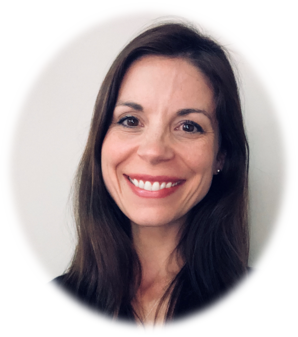

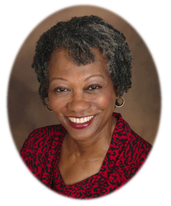
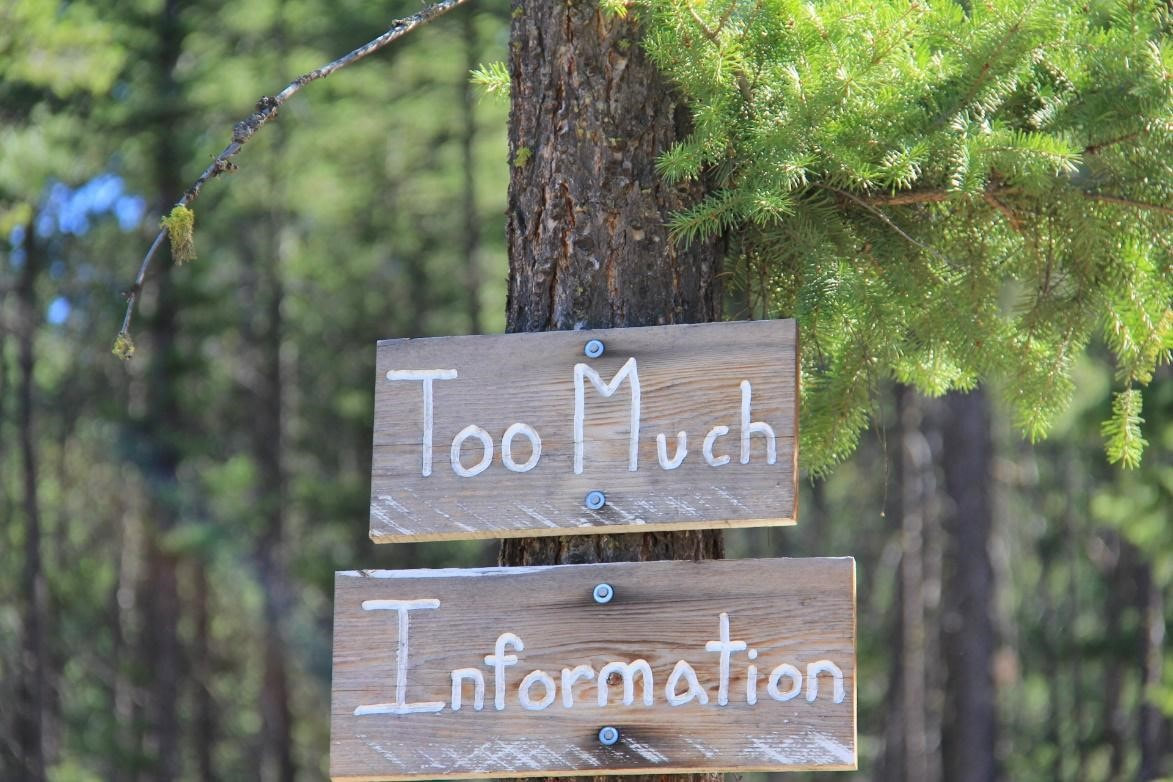
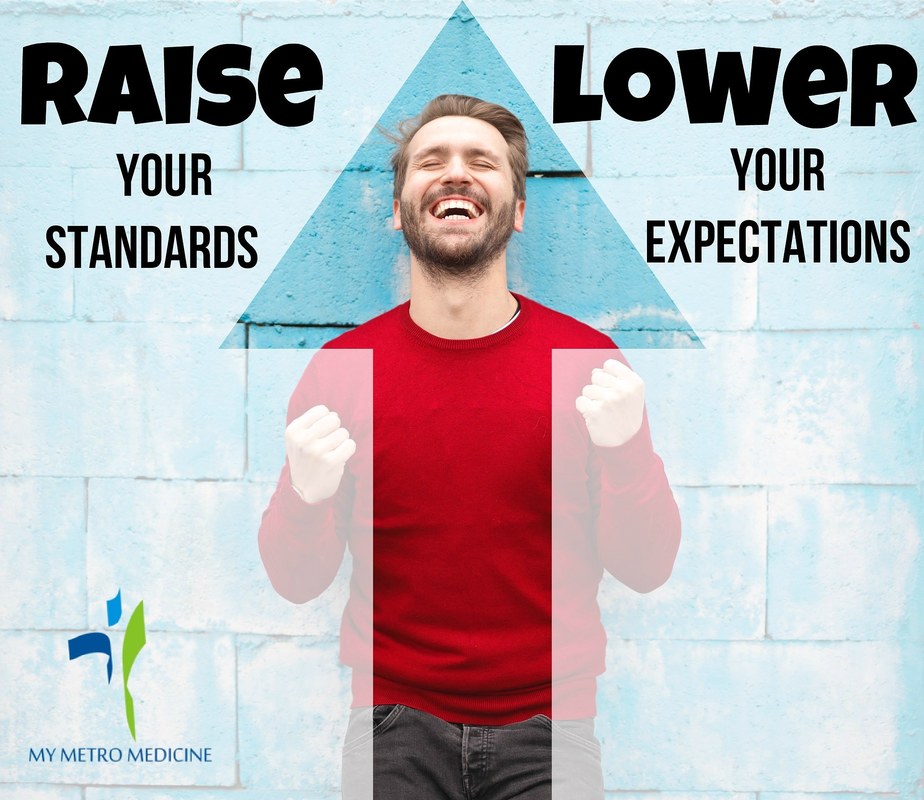



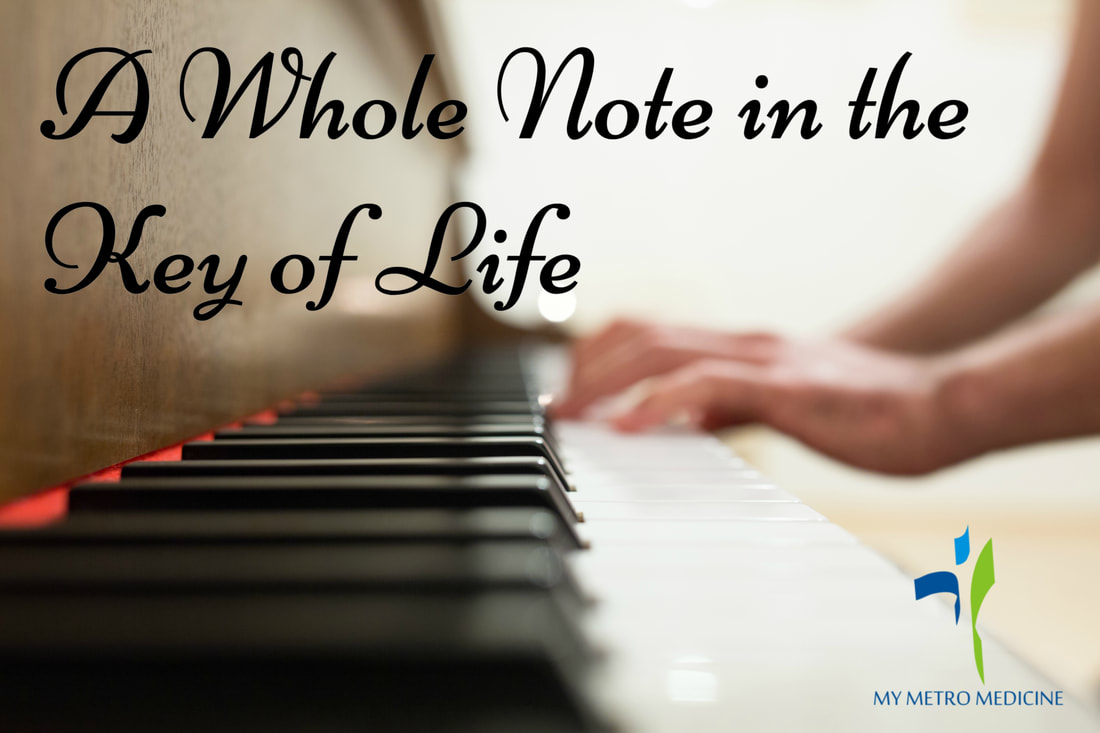

 RSS Feed
RSS Feed
